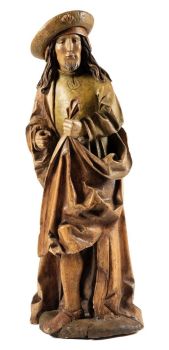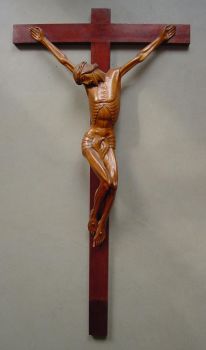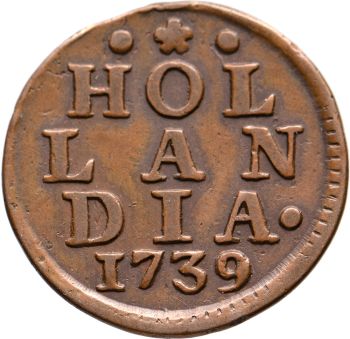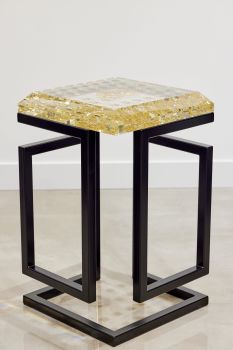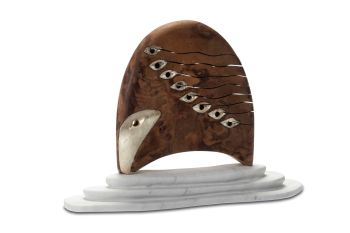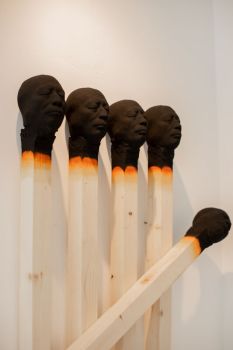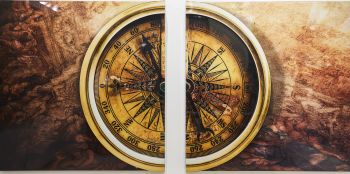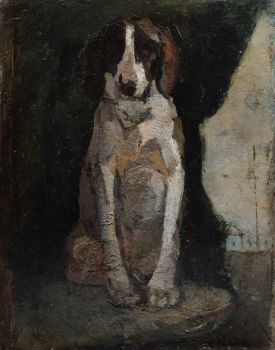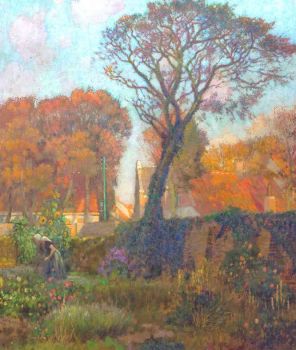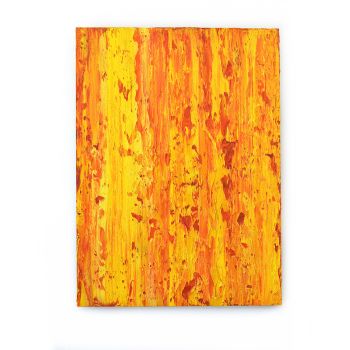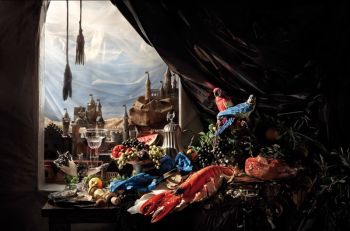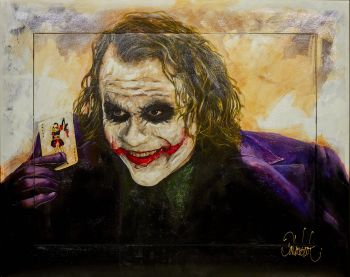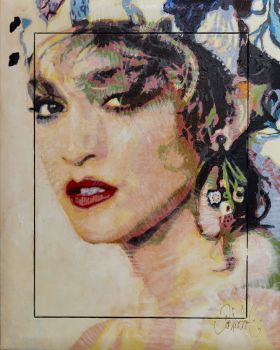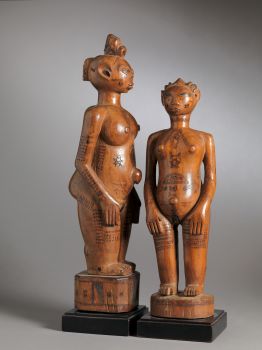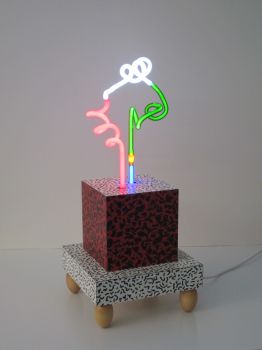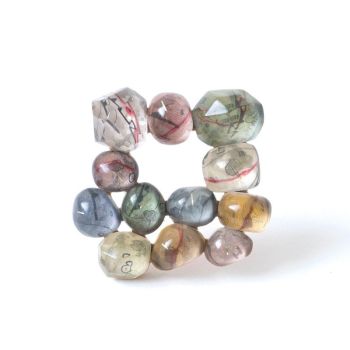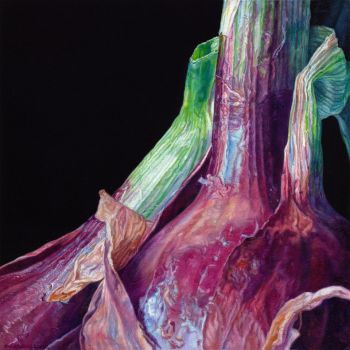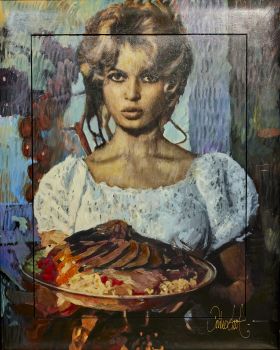Marquitery cabinet in the style of Louis XIV 20th century
Unknown artist
NutwoodWood
190 ⨯ 166 ⨯ 44 cm
ConditionVery good
€ 4.199
Olischlager Antiquairs
- About the artworkLouis XIV cabinets, also known as “cabinets of curiosities,” were sumptuous rooms dedicated to the display of rare and precious objects. This highly refined 20th-century cabinet, made in the style of Jan van Mekeren, is an excellent example of the Louis XIV style. These Louis XIV-style cabinets are used as centerpieces in both classic and modern interiors. This example is in perfect condition. The marquetry on the cabinet was done by a highly skilled craftsman. Marquetry is a decorative technique that involves creating patterns by inlaying pieces of wood, metal, ivory, or other materials into a surface, usually wood. This technique, which dates back to antiquity, reached its peak in Europe in the 17th and 18th centuries, particularly in France during the reign of Louis XIV.
- About the artist
It might happen that an artist or maker is unknown.
Some works are not to be determined by whom it is made or it is made by (a group of) craftsmen. Examples are statues from the Ancient Time, furniture, mirroirs, or signatures that are not clear or readible but as well some works are not signed at all.
As well you can find the following description:
•“Attributed to ….” In their opinion probably a work by the artist, at least in part
•“Studio of ….” or “Workshop of” In their opinion a work executed in the studio or workshop of the artist, possibly under his supervision
•“Circle of ….” In their opinion a work of the period of the artist showing his influence, closely associated with the artist but not necessarily his pupil
•“Style of ….” or “Follower of ….” In their opinion a work executed in the artist’s style but not necessarily by a pupil; may be contemporary or nearly contemporary
•“Manner of ….” In their opinion a work in the style of the artist but of a later date
•“After ….” In their opinion a copy (of any date) of a work of the artist
•“Signed…”, “Dated….” or “Inscribed” In their opinion the work has been signed/dated/inscribed by the artist. The addition of a question mark indicates an element of doubt
•"With signature ….”, “With date ….”, “With inscription….” or “Bears signature/date/inscription” in their opinion the signature/ date/ inscription has been added by someone other than the artist
Are you interested in buying this artwork?
Artwork details
Related artworks
- 1 - 4 / 12
Unknown artist
A GILT-SILVER SRI LANKAN DOCUMENT SCROLL CONTAINER 19th century
Price on requestZebregs & Röell - Fine Art - Antiques
Unknown artist
Japanese transition-style lacquer coffer 1640 - 1650
Price on requestZebregs & Röell - Fine Art - Antiques
Unknown artist
A RARE LARGE JAPANESE LACQUERED LEATHER TELESCOPE1750 - 1800
Price on requestZebregs & Röell - Fine Art - Antiques
1 - 4 / 24Unknown artist
Couple Wooden Ancestors Sculptures with Scarifications, Zela People, DRC. 1920 - 1930
Price on requestSpectandum Gallery
Unknown artist
A JAPANESE MODEL OF A NORIMONO, A PALANQUIN1650 - 1700
Price on requestZebregs & Röell - Fine Art - Antiques
1 - 4 / 24- 1 - 4 / 4











